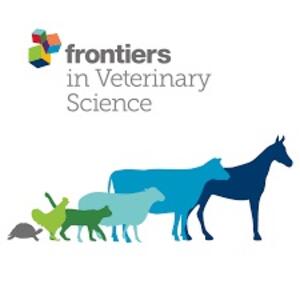
The economic impact of foot and mouth disease control and eradication in the Philippines
Abstract
The authors evaluate the impact of foot and mouth disease (FMD) and control of the disease in the Philippines using cost-benefit analysis. A scenario in which FMD control is maintained at recent levels with continued presence of the disease is compared to scenarios in which a publicly funded programme achieves eradication by 2005 (current policy objective), 2007 and 2010. Under varying assumptions regarding the development of exports of livestock products following eradication, estimated benefit-cost ratios for the investment in eradication range from 1.6 (2010, no exports) to 12.0 (2005, export of 5,000 tonnes each of low-value and high-value livestock products annually), indicating eradication to be an economically viable investment. The commercial swine sector is estimated to capture 84% of the benefits generated by the public investment in eradication, versus 4% by backyard swine producers. The implications of these results within the context of regional efforts to control FMD in South-East Asia are explored.
Citation
Revue Scientifique et Technique d l'OIE;21(3): 645-661










